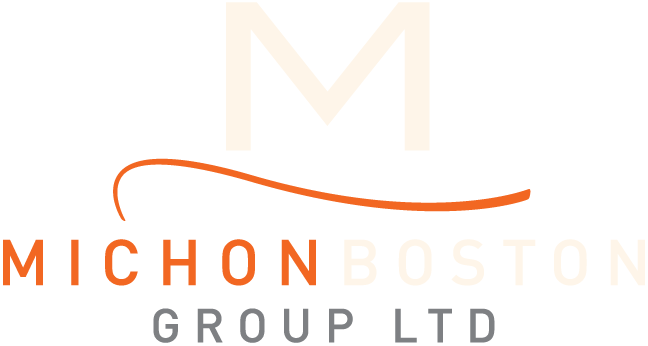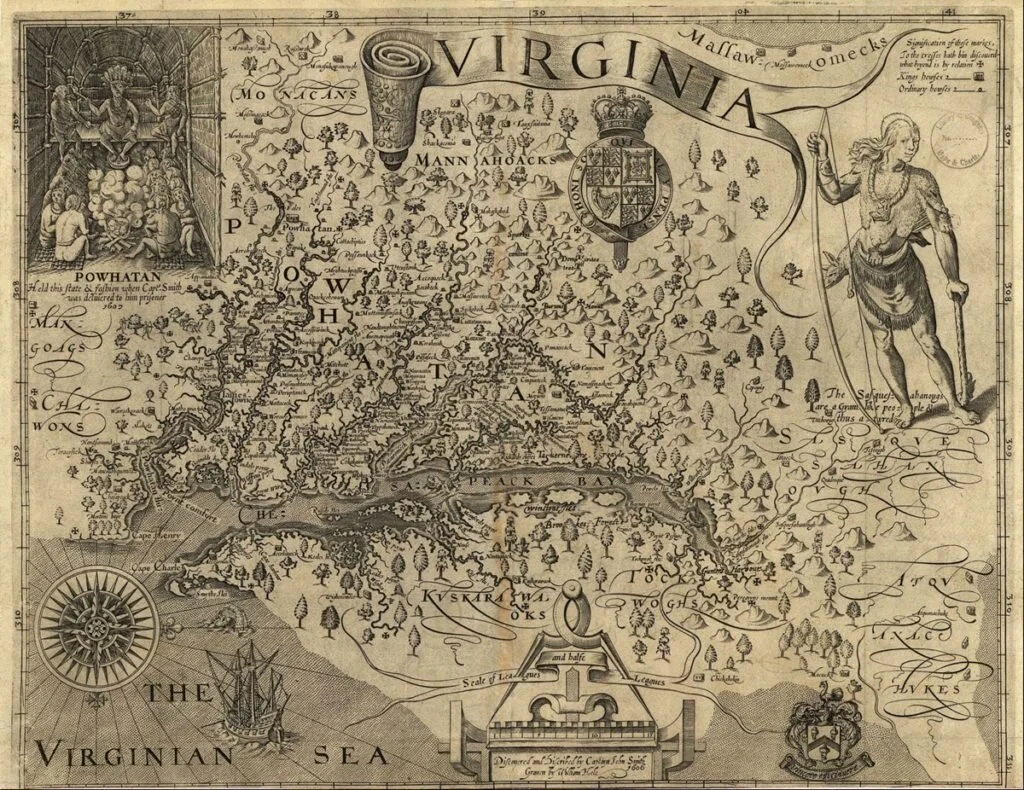A personal lesson in Native land acknowledgement
I’ve noticed recently an increase in the practice of Native Land Acknowledgement at conferences, cultural events, film screenings, services and gatherings. According to the US Department of Arts and Culture’s website the practice has been adopted “from countries like New Zealand, Australia, Canada, and tribal nations of the US” where the Acknowledgement is custom, even policy. The invocation is made prior to the program to identify, affirm and honor the presence of traditional indigenous inhabitants of the land on which we currently inhabit.
I was introduced to the Native Land Acknowledgement practice in 2018 for ITVS’s Indie Lens Pop-Up preview screenings of DAWNLAND, the Emmy award-winning documentary that tells the emotional story of the first government-sanctioned truth and reconciliation commission in the U.S., investigating the devastating impact of Maine’s child welfare practices on Native American communities.
Introducing the Acknowledgement to audiences was an impact goal for DAWNLAND as recommended by the Upstander Project and the campaign’s impact producer Tracy Rector (Choctaw/Seminole). [Filmmaker Adam Mazo is a co-founder of the Upstander Project.] The DAWNLAND impact campaign also included several wonderful posters customized for key cities where the documentary was screened. I was looking forward to receiving the digital files for the DC posters. When I received the email and opened the attachment, I noticed something was wrong. The poster only included the Piscataway tribe and no reference to the tribes that were part of the confederacies of the DC region.
The original Dawnland D.C. impact campaign poster (left) identifying the Piscataway as the traditional regional inhabitants omits several traditional regional communities; the revised poster (right) for the preview screenings in D.C.
The original Dawnland D.C. impact campaign poster (left) identifying the Piscataway as the traditional regional inhabitants omits several traditional regional communities; the revised poster (right) for the preview screenings in D.C.
The omission is understandable. The misinformation about DC’s indigenous identity is widely published, appears in internet search results, and is sanctioned by key institutions even though the information is incomplete. It’s been easy and in some ways a PR boost to identify a single tribe for the nation’s capital where the city’s football team carries a name and mascot disparaging to most Native Americans. But to neglect the real work around identifying and learning the complete history of traditional communities is disparaging as well. There can be no real acknowledgement of respect without acknowledging all who came before us including those who were pushed out or died from disease and wars brought on by the European expansion.
Smith’s map of the Chesapeake region published in England in 1612
Acknowledgements can be a very sensitive issue to the descendants who attend films like DAWNLAND and still live in the DMV (District, Maryland, Virginia) region over 400 years after the arrival of the British ships that brought Captain John Smith to these shores. I say this, because it’s been my indigenous ancestors (Dogue) who are often erased in Native Land Acknowledgements and guides describing the Native American presence in the region. Ironically it is John Smith’s 1612 map that may provide the most extensive documented information for identifying the traditional inhabitants along the rivers of a region that became Washington, DC.
Smith’s map of the Chesapeake region published in England in 1612
As we adopt practices for our programming to bring new understandings and meaning, it’s our responsibility to do the necessary information gathering to prevent the unintended impact of spiritual and cultural erasure of peoples who came before no matter the size of their footprint. Institutions must also accept the challenge to re-evaluate their information (revise, debunk it if necessary) or risk deeper institutional skepticism from new and young adult audiences.
Of course missteps will be made along the way especially if the Acknowledgement is a new practice. Land, language, culture, people are your grounding elements. DAWNLAND’s impact campaign poster was very powerful and we had limited time to research and debate with institutions to revise it for accuracy. We worked together on an alternative: to issue the DC poster without the name of any single Native tribe; and we consulted with the Smithsonian National Museum of the American Indian on language that expanded the Acknowledgement so no one was left out. I’ve copied that Acknowledgement here:
We gratefully acknowledge the Native peoples on whose ancestral homelands we are meeting this evening, as well as the diverse and vibrant Native communities who make their home today in the Washington, DC area.
Before the film screening poet Karenne Wood, director of the Virginia Indian Programs for Virginia Humanities, gave a prayer in English and the language of her Monacan tribe. Having someone from the region’s Native community give the Acknowledgement is the best of all practices. I’d worked with Karenne years before on a program about Virginia Indians. I was sad to learn she died this past summer. Individuals who make a path can also be included in Acknowledgements.
The District of Columbia City Council voted this year to rename Columbus Day “Indigenous Peoples Day.” Hopefully my city will acknowledge all the traditional regional inhabitants. This sets us on the course of reverence, respect, and intentional right relations with Native communities—yesterday, today, and tomorrow.




